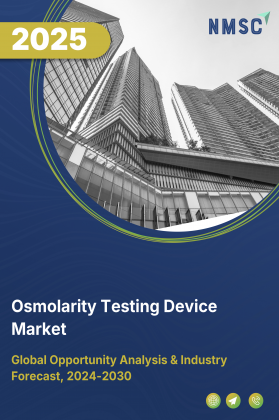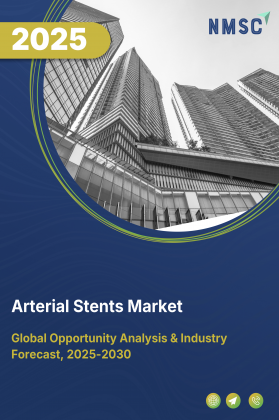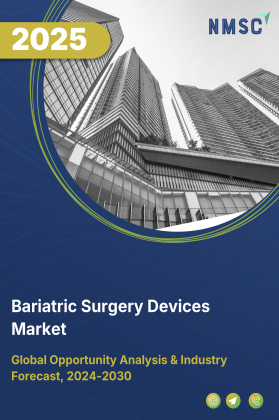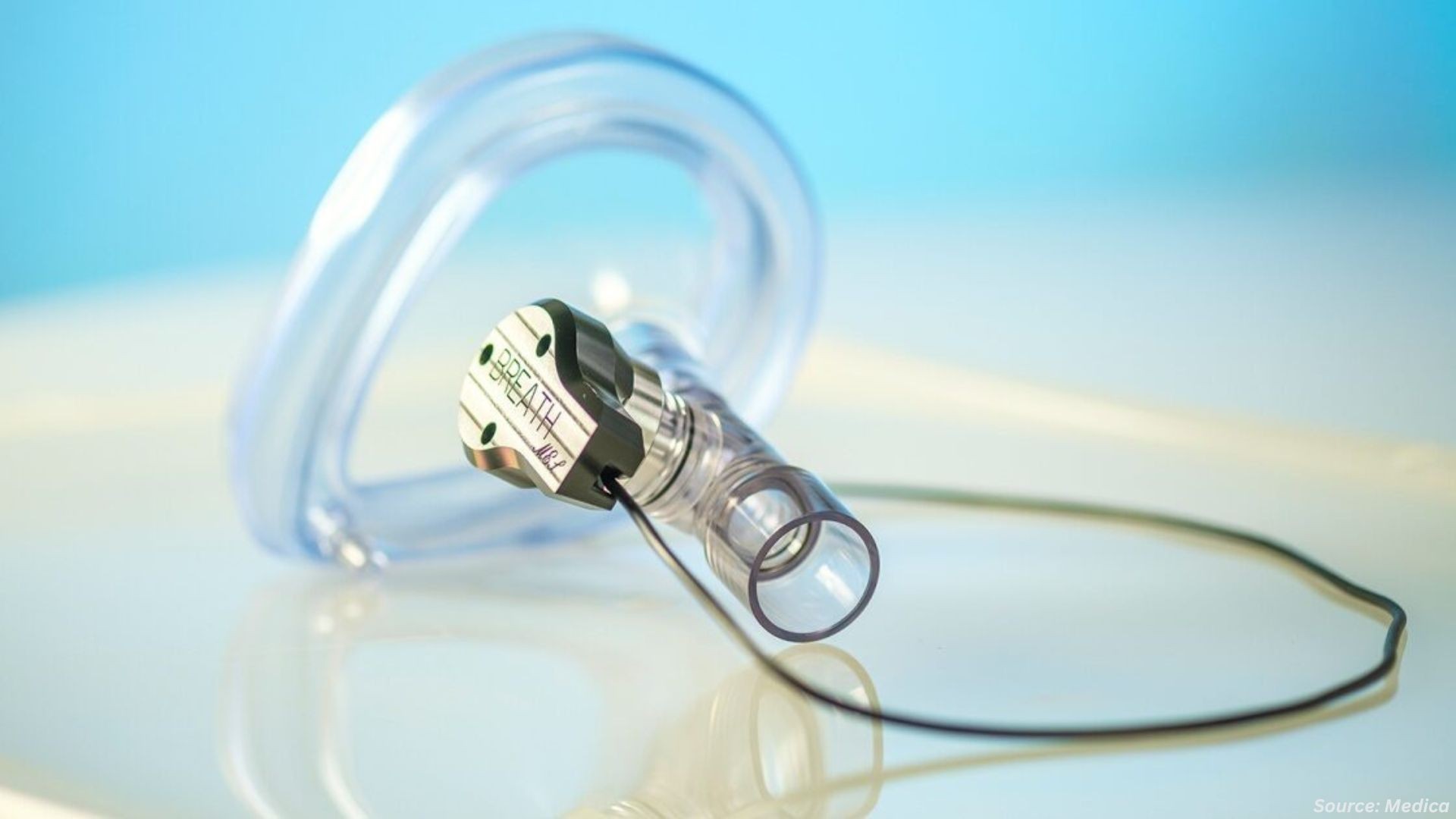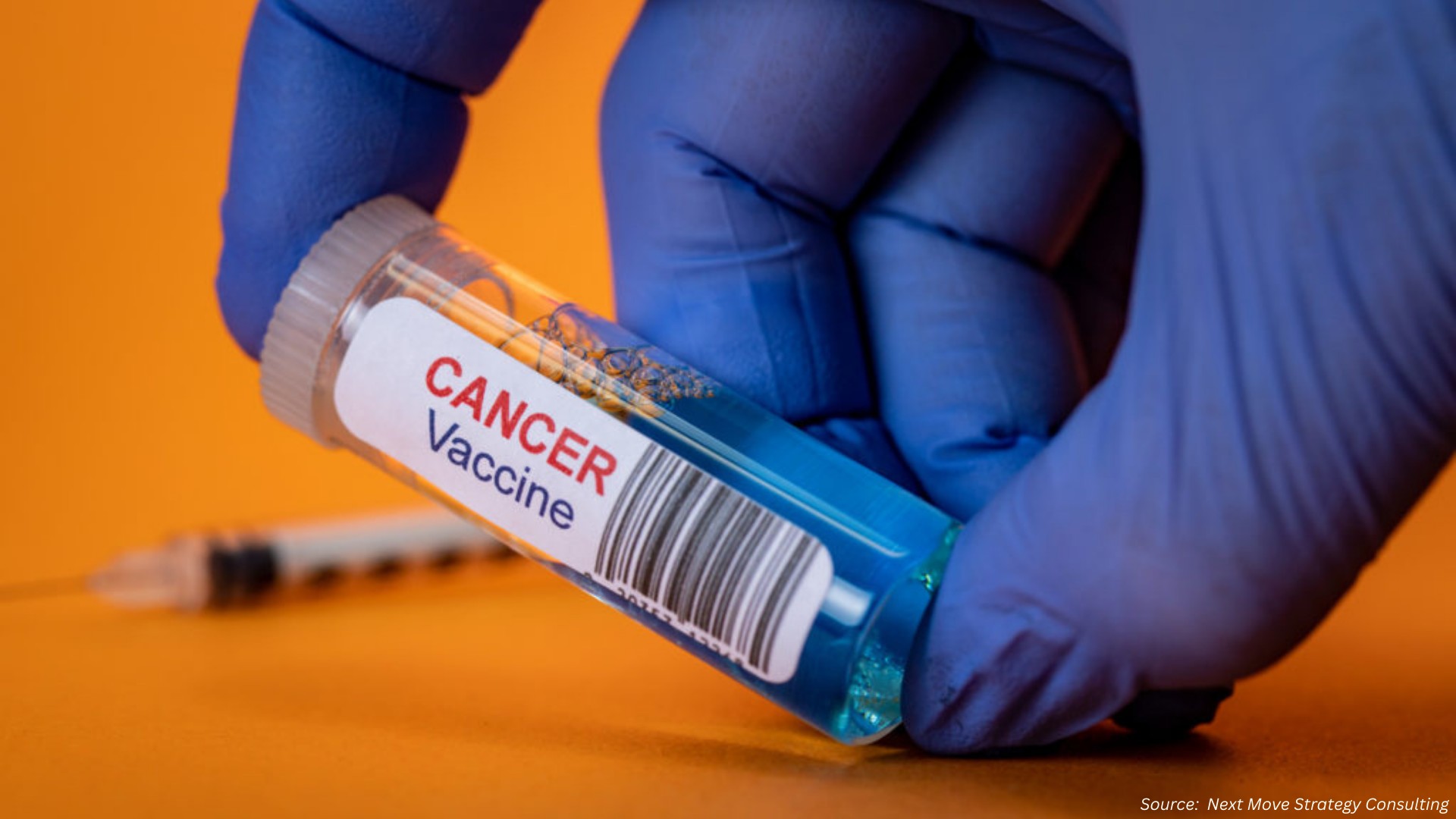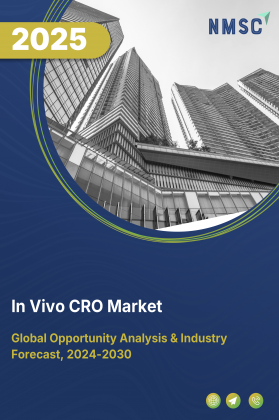
In Vivo CRO Market by Model Type (Rodent, Non-Rodent), by Service Offering (CRO Services, Equipment & Reagents, Animal Models & Strains, Software & Analytics), by Modality (Small & Large Molecules, RNA Therapies, Biologics), by GLP Compliance (GLP, Non-GLP), by Indication (Oncology, CNS Disorders, Autoimmune, Pain, Metabolic, and Others), and by End User (Pharmaceutical & Biotech, CROs, Hospitals, and Research Institutes) – Global Opportunity Analysis and Industry Forecast, 2025–2030.
Industry Overview
The global In Vivo CRO Market size was valued at USD 6.54 billion in 2024 and is predicted to reach USD 7.12 billion by the end of 2025. The industry is expected to reach USD 10.96 billion by 2030 with a CAGR of 9.0% from 2025 to 2030.
The market is experiencing strong growth driven by several key factors. The rising incidence of chronic diseases such as cancer and cardiovascular disorders is increasing demand for advanced imaging-based preclinical research to accelerate drug development.
Additionally, the expanding healthcare industry, especially in emerging markets like India, is pushing pharmaceutical and biotech firms to outsource complex in vivo studies to specialized CROs for precision medicine applications. The growing geriatric population further amplifies the need for research on age-related diseases, thereby boosting the in vivo CRO market demand.
However, growth is hindered by high infrastructure and operational costs, particularly for advanced imaging technologies like PET and MRI. On the opportunity side, the integration of AI and molecular imaging is enhancing the accuracy and efficiency of imaging services, enabling precision research and offering significant potential for future expansion.
Rising Incidence of Chronic Diseases Boosts the Market Growth
The growing global prevalence of chronic diseases such as cancer, cardiovascular disorders, and neurodegenerative conditions is significantly boosting the demand for the market. These conditions require early-stage, accurate, and longitudinal preclinical evaluation to develop effective therapeutics and improve patient outcomes. The market plays a critical role in this process by offering advanced imaging-based studies, such as PET, MRI, and optical imaging, to monitor disease progression and assess drug efficacy in live animal models.
According to the World Health Organization (WHO), global cancer cases are projected to rise from 20 million in 2022 to 35 million by 2050, marking a 77% increase. Similarly, cardiovascular diseases are increasing due to aging populations and lifestyle-related risk factors. This surge in disease burden continues to drive pharmaceutical and biotech companies to outsource preclinical research for faster and more precise drug development.
Expansion of the Healthcare Industry Accelerates Growth of In Vivo CRO Services
The rapid growth of the global healthcare industry is fuelling increased demand for these services, particularly in areas such as preclinical research, drug development, and disease modelling. As healthcare systems worldwide shift toward early diagnosis, precision medicine, and minimally invasive treatment approaches, pharmaceutical and biotech companies are increasingly outsourcing complex in vivo studies to specialized CROs. These organizations leverage advanced imaging technologies, including PET, MRI, and optical imaging to provide real-time, high-resolution data critical to therapeutic development.
In India, the healthcare sector was valued at USD 372 billion in FY23 and remains a major employment generator with over 7.5 million individuals employed as of FY24. With the rise of telemedicine, AI diagnostics, and data-driven healthcare, an estimated 2.7 to 3.5 million new technology-centric roles are expected to emerge, further driving innovation. This momentum is propelling demand for the market across both emerging and mature sectors, particularly among research institutes, hospitals, and biotech firms focused on translational research and regenerative medicine.
Expanding Geriatric Population Accelerates Demand for the Market
The growing global geriatric population is intensifying the in vivo CRO market growth, particularly in the study and development of therapies for age-associated diseases. Aging is a significant risk factor for a wide range of chronic conditions including cancer, arthritis, Alzheimer’s disease, and cardiovascular disorders, which require precise preclinical evaluation through non-invasive imaging technologies.
The market plays a critical role by offering advanced, real-time imaging services (such as PET, MRI, and optical imaging) in animal models to support early-stage research, drug efficacy assessment, and biomarker discovery. According to the United Nations World Population Prospects (2022), the proportion of the global population aged 65 and above is projected to increase from 10% in 2022 to 16% by 2050.
Countries like Japan, Italy, and Germany are already experiencing high aging rates, driving pharmaceutical companies and academic institutions to increasingly rely for research targeting geriatric and age-related conditions on the market.
High Infrastructure and Operational Costs Restrain Growth of the Market.
While demand for preclinical imaging services continues to rise, the high capital and operational costs associated with in vivo imaging infrastructure pose a significant challenge for many CROs, especially small- and mid-sized providers. Advanced imaging modalities such as PET, SPECT, and high-resolution MRI require substantial investment in equipment, facility setup, and ongoing maintenance.
Additionally, the need for highly trained personnel, adherence to regulatory protocols, and safety compliance standards significantly increase the cost and complexity of service delivery. These financial and logistical hurdles can limit the expansion of capabilities, particularly in cost-sensitive markets or regions with limited access to technical expertise and capital resources.
AI and Molecular Imaging Integration Strengthens In Vivo CRO Capabilities in Precision Research
The integration of artificial intelligence (AI) with molecular in vivo imaging is significantly enhancing the capabilities of the market in preclinical drug development and translational research. AI-powered image analysis enables faster and more accurate interpretation of imaging data, improving disease detection sensitivity and supporting early-stage evaluation of therapeutic candidates.
At the same time, advances in molecular probes and targeted imaging tracers allow CROs to visualize cellular and molecular processes in real-time, offering detailed insights into disease mechanisms and drug interactions. These innovations are empowering CROs to deliver high-resolution, predictive, and personalized data particularly in areas such as oncology and neurology, thereby supporting precision medicine, biomarker discovery, and companion diagnostics for their pharmaceutical and biotech clients.
Market Segmentation and Scope of the Study
The in vivo CRO market report is segmented by model type into rodents and non-rodents. Service offerings include contract research services, equipment & reagents animal models & strains, and software & analytics (AI/ML-driven platforms). By modality, it spans small molecules, large molecules and others. End users include pharmaceutical and biotechnology companies, academic research institutes, contract research organizations (CROs), hospitals, and agrochemical firms. This segmentation highlights the diverse and growing applications of in vivo models in drug discovery and development.
Geographical Analysis
North America currently holds the largest in vivo CRO market share and is expected to maintain its dominance throughout the forecast period. This leadership is driven by the widespread adoption of minimally invasive surgical techniques and the resulting need for high-precision imaging tools in both clinical and research environments.
As healthcare providers increasingly integrate MRI, CT, and ultrasound technologies to guide procedures and improve patient outcomes, pharmaceutical and biotech companies are partnering with the market to access advanced imaging capabilities for preclinical and translational research. The strong presence of established CROs, robust R&D infrastructure, and supportive regulatory frameworks further reinforce the region's leadership in outsourced in vivo studies.
In Europe, the market is witnessing steady growth, supported by an aging population and rising chronic disease burden. Countries with advanced healthcare systems are increasingly investing in diagnostic and therapeutic innovation, creating sustained demand for CROs offering in vivo imaging-based research.
Academic institutions and public-private research initiatives are collaborating with CROs to accelerate drug discovery and personalized medicine development. Additionally, Europe's regulatory clarity and the presence of global imaging technology providers position the region as a key hub for outsourced preclinical services focused on neurology, oncology, and cardiovascular conditions.
Asia-Pacific is emerging as a high-potential region for market expansion, driven by its rapidly aging population and escalating chronic disease rates. According to the Economic and Social Commission for Asia and the Pacific, the number of older persons is expected to more than double from 630 million in 2020 to nearly 1.3 billion by 2050. This demographic trend is intensifying demand for advanced in vivo imaging in geriatric research and drug development. Furthermore, rising cancer prevalence.
For example, India’s projected cancer burden increases from 26.7 million in 2021 to 29.8 million by 2025, underscores the growing need for precise services in oncology. Investments in medical infrastructure and innovation across countries like India, China, Japan, and South Korea are enabling CROs to expand their capabilities in high-demand areas such as neurodegenerative disease research, metabolic disorders, and regenerative medicine.
The Rest of the World (RoW) region, which includes Latin America, the Middle East, and Africa is gradually increasing its participation in the market. While the adoption of advanced imaging technologies is slower compared to developed regions, improving healthcare infrastructure, rising awareness of early disease detection, and government initiatives targeting non-communicable diseases are laying the foundation for future growth.
In Vivo CROs are beginning to see increased interest from medical institutions and research entities in these regions, particularly as they seek cost-effective, outsourced solutions for preclinical imaging and drug evaluation. As access to high-end diagnostic tools improves, the market potential for these services across these regions is expected to grow steadily.
Strategic Innovations Adopted by Key Players
Key players in the in vivo CRO industry are actively expanding their capabilities and service portfolios, through acquisitions, research innovation, and facility expansions to strengthen their market presence and meet the growing demand for accelerated and diversified preclinical and clinical development.
-
In June 2025, Thermo Fisher–Tufts study found that the Accelerator CRO-CDMO platform shortened oncology drug development by up to three years, accelerating in vivo testing and reducing clinical trial timelines through integrated research and manufacturing services.
-
In June 2024, CRADL opened a new site in Somerville, Massachusetts. The facility enhanced laboratory services for the biotech and pharmaceutical sectors, strengthening CRADL’s role in preclinical and clinical development in the In Vivo sector.
-
In March 2024, Crown Bioscience's presentations at AACR highlighted preclinical research and drug testing models, such as patient-derived xenografts (PDX) and tumor organoids, which directly contributed to the in-vivo market by enhancing therapeutic evaluation and drug development efficiency.
-
In February 2024, ICON acquired Clinical Research Management, Inc. (ClinicalRM), strengthening its position in the in-vivo market by expanding capabilities in government-sponsored research, particularly in vaccines and infectious diseases that rely heavily on in-vivo preclinical and clinical models.
Key Benefits
-
The report provides quantitative analysis and estimations of the market from 2025 to 2030, which assists in identifying the prevailing industry opportunities.
-
The study comprises a deep-dive analysis of the current and future in vivo CRO market trends to depict prevalent investment pockets in the sector.
-
Information related to key drivers, restraints, and opportunities and their impact on the market is provided in the report.
-
Competitive analysis of the players, along with their market share, is provided in the report.
-
SWOT analysis and Porter's Five Forces model are elaborated in the study.
-
Value chain analysis in the market study provides a clear picture of the roles of stakeholders
In Vivo CRO Market Key Segments
By Model Type
-
Rodent
-
Rat Models
-
Mice Models
-
Other Rodents
-
-
Non Rodent
By Service Offering
-
Contract Research Services (CRO)
-
Pharmacology Studies
-
Toxicology Studies
-
Safety Pharmacology & ADME/Tox
-
Efficacy & Disease Models
-
Pharmacokinetics (PK) & Pharmacodynamics (PD)
-
Immunogenicity & Biomarker Assays
-
-
Equipment & Reagents
-
Imaging Systems (MRI, PET, CT)
-
Implantables & Telemetry
-
Cages, Feed, Disposables
-
Tracers, Dyes, Antibodies
-
Others
-
-
Animal Models & Strains
-
Wild type
-
Transgenic & Knock out/Knock in
-
Disease specific
-
-
Software & Analytics
-
In Vivo Data Processing Platforms
-
Modeling & Simulation Tools
-
AI/ML driven Analytics
-
By Modality (Molecule Class)
-
Small Molecules
-
Large Molecules
-
Cell & Gene Therapies
-
CAR T Cell Therapies
-
CAR NK Cell Therapies
-
TCR T Cell Therapies
-
Other
-
-
-
RNA Therapies
-
Other Biologics
By GLP Compliance
-
GLP Toxicology
-
In House
-
Outsourced
-
-
Non GLP
-
In House
-
Outsourced
-
By Indication
-
Oncology
-
Central Nervous System (CNS) Disorders
-
Autoimmune & Inflammation
-
Pain Management
-
Metabolic Disorders
-
Other Indications
By End User
-
Pharmaceutical & Biotechnology Companies
-
Academic & Research Institutes
-
Contract Research Organizations (CROs)
-
Hospitals & Clinical Centers
-
Agrochemical & Animal Nutrition Firms
By Region
-
North America
-
The U.S
-
Canada
-
Mexico
-
-
Europe
-
The UK
-
Germany
-
France
-
Italy
-
Spain
-
Denmark
-
Netherlands
-
Finland
-
Sweden
-
Norway
-
Russia
-
Rest of Europe
-
-
Asia-Pacific
-
China
-
Japan
-
India
-
South Korea
-
Australia
-
Indonesia
-
Singapore
-
Taiwan
-
Thailand
-
Rest of Asia-Pacific
-
-
Rest of the World
-
Latin America
-
Middle East
-
Africa
-
Key Players
-
Crown Bioscience
-
WuXi AppTec
-
ICON plc
-
IQVIA
-
Thermo Fisher Scientific (PPD)
-
Parexel
-
Medpace
-
Evotec
-
Biomere
-
JOINN Laboratories
-
Taconic Biosciences
-
SNBL (Shin Nippon Biomedical Labs)
-
Pharmaron
Report Scope and Segmentation
|
Parameters |
Details |
|
Market Size in 2025 |
USD 7.12 billion |
|
Revenue Forecast in 2030 |
USD 10.96 billion |
|
Growth Rate |
CAGR of 9.0% from 2025 to 2030 |
|
Analysis Period |
2024–2030 |
|
Base Year Considered |
2024 |
|
Forecast Period |
2025–2030 |
|
Market Size Estimation |
Billion (USD) |
|
Growth Factors |
|
|
Countries Covered |
28 |
|
Companies Profiled |
10 |
|
Market Share |
Available for 10 companies |
|
Customization Scope |
Free customization (equivalent to up to 80 working hours of analysts) after purchase. Addition or alteration to country, regional, and segment scope. |
|
Pricing and Purchase Options |
Avail customized purchase options to meet your exact research needs. |

















 Speak to Our Analyst
Speak to Our Analyst



